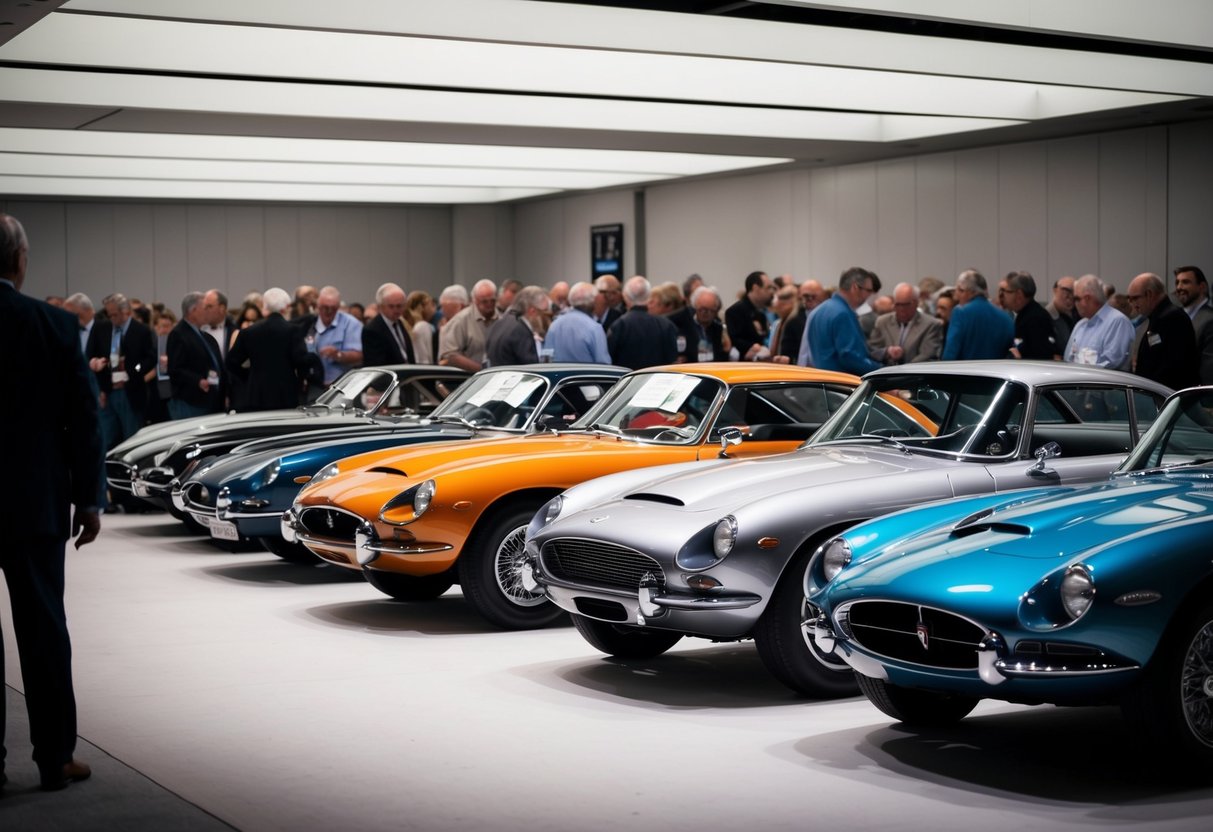
Exploring the rich tapestry of automotive history, classic cars have always held a special place in the hearts of enthusiasts and collectors alike. These timeless vehicles are not just modes of transportation; they are relics of a bygone era that encapsulate the art and engineering of their time. Classic cars, such as the Ferrari 250 GTO or the Aston Martin DB5, often reach astonishing prices at auctions, driven by both nostalgia and admiration for their craftsmanship.
At car auctions, these masterpieces of the past command significant attention and financial investment, becoming the focus of avid collectors from around the globe. Coveted cars symbolize status and prestige, where owning such a vehicle conveys a deep appreciation for their history and unique design elements. The allure of classic cars lies in their rarity and the stories they hold, often resulting in fierce bidding wars.
As the value of these vehicles continues to soar, potential buyers and spectators flock to auctions, eager to witness the drama and excitement that unfolds. Whether it’s the smooth curves of a 1960s sports car or the raw power of a 1950s muscle machine, these auctions provide a glimpse into the past while shaping the future of the classic car market. The blend of tradition and aspiration keeps this passion alive and fuels the enduring fascination with classic cars.
Evolution of Automotive Design
Automotive design has transformed dramatically over the decades, molding the identity and culture of classic cars. Key design milestones and engineering advancements have contributed to this evolution.
Design Milestones in Classic Cars
The design of classic cars has been marked by specific milestones, each playing a crucial role in their appeal and legacy. The Citroën DS19, launched in 1955, stands as a hallmark of innovative design. Its futuristic bodywork and advanced suspension system distinguished it from its contemporaries. The streamlined shape and aerodynamic principles introduced during this era were pivotal in influencing future car designs.
Another significant milestone was the introduction of the 1960s American muscle cars. With their aggressive lines and powerful engines, they showcased how aesthetics could embody strength and speed. This period also saw a greater focus on luxury and comfort in European vehicles, integrating fine materials and exquisite craftsmanship into their design ethos.
Significant Advances in Automotive Engineering
Advancements in automotive engineering have continuously propelled the evolution of car design. By integrating new materials and technologies, designers have achieved more efficient and durable vehicles. Innovations such as the monocoque chassis significantly reduced weight, enhancing performance and fuel efficiency.
The development of complex suspension systems like the hydropneumatic system in the Citroën DS19 revolutionized ride quality. Meanwhile, improvements in braking systems ensured enhanced safety and reliability. In addition, the adoption of computer-aided design (CAD) tools has allowed designers to experiment with more complex shapes and structures, pushing the boundaries of traditional automotive aesthetics.
Iconic Classic Cars and Their Enduring Appeal
Classic cars are treasures of design and engineering that continue to captivate enthusiasts. From the elegant lines of Alfa Romeo’s 6C to the industrial charm of the Volkswagen Beetle, these vehicles stand as icons. The Ford Mustang’s brash power and the innovative Lancia Lambda also add layers of fascination.
The Elegance of the Alfa Romeo 6C
The Alfa Romeo 6C, first introduced in the 1920s, remains a beacon of automotive elegance. Its aerodynamic design and attention to detail set it apart then and now. Produced in various iterations, each reflected the marque’s dedication to combining performance with beauty.
Collectors covet this car, not just for its aesthetic appeal but for its engineering prowess. These features made it a formidable contender in races. It laid the groundwork for future models, earning a spot in history as a sophisticated machine. Owning an Alfa Romeo 6C is more than possessing a car; it’s owning a piece of art.



